
County Clare is a county in Ireland, in the Mid-West Region and the province of Munster, bordered on the west by the Atlantic Ocean. Clare County Council is the local authority. The county had a population of 118,817 at the 2016 census. The county town and largest settlement is Ennis.
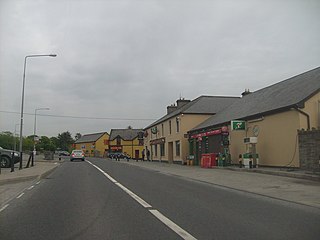
Inagh is a village and civil parish in County Clare, Ireland. It is situated 14 km west of Ennis on the Inagh River. It contains the villages of Inagh and Cloonanaha.

O'Dea Castle, also known as Dysert O'Dea Castle, is an Irish fortified tower house, loosely described as a castle at Dysert O'Dea, the former O'Dea clan stronghold, 5 kilometres (3 mi) from Corofin, County Clare just off the R476 road. It was built between 1470 and 1490 by Diarmaid O'Dea, Lord of Cineal Fearmaic, and stands some 50 feet (15 m) high on a limestone outcrop base measuring 20 by 40 feet. The tower is adjacent to Dysert O'Dea Monastery.

Corofin is a village on the River Fergus in northern County Clare in Ireland and a Catholic parish with the same name.
O'Dea, is an Irish surname derived from Deághaidh, the name of a tenth-century clan chieftain.
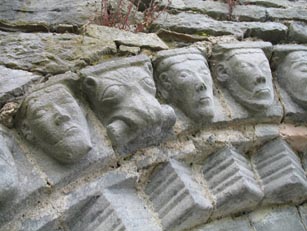
Dysert O'Dea Church near Corofin in County Clare, Ireland stands on the site of an early Christian monastery which was reportedly founded by St. Tola in the 8th century. Most of the present structures are from the 12th century.
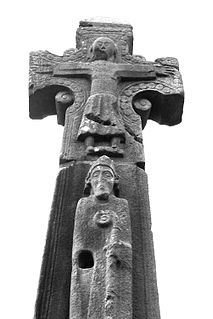
Saint Tola is the name of a seventh-century Irish Roman Catholic saint, also referred to as "a good soldier of Christ".

Kilnamona is a village and a civil parish in County Clare, Ireland. It is situated north-west of Ennis.

Tubber is a village in the north of County Clare, Ireland.

Sixmilebridge, colloquially The Bridge, is a small town in County Clare, Ireland. Located midway between Ennis and Limerick city, the town is a short distance away from the main N18 road, being located on the old "back road" between the two. The village of Kilmurry is also part of the Sixmilebridge parish.
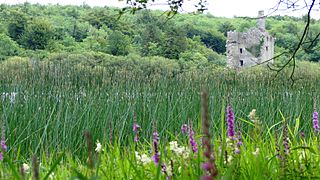
Ruan is a village in County Clare in Ireland and a civil parish by the same name. It is in the Catholic parish of Dysart and Ruan.

Dysert is a civil parish in County Clare, Ireland. The parish was formerly called Dysert O’Dea, from its having been the territory of the sept of that name. It is part of the ecclesiastical parish of Dysart and Ruan. The ruins of O'Dea Castle and a 12th-century church of Dysert O'Dea Monastery are in the townland of the same name.
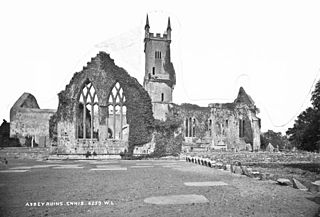
Drumcliff, or Drumcliffe, Dromcliffe is a civil parish in County Clare, Ireland. It includes the village of Inch and part of the town of Ennis.

Tomfinlough is a civil parish in County Clare, Ireland. A Christian establishment was first made here around 540 AD. The parish lands were often raided by Irish, Viking, Norman and English forces in the years that followed. The church was allowed to fall into ruins during the period when the Catholic Church was penalized in Ireland.

Killokennedy is a civil parish in County Clare, Ireland.

Crusheen, formerly called Inchicronan, is a Catholic parish in County Clare, Ireland. Inchicronan is also a civil parish, covering the same area. The parish lies to the northeast of Ennis. It contains the village of Crusheen and the ruin of Inchicronan Priory, built in 1190.

Gleninagh or Glaninagh is a civil parish in County Clare, Ireland. It lies in the extreme northwest of the Burren, on the south of the mouth of Galway Bay. It is known for the well-preserved L-plan Gleninagh Castle, a 16th-century tower house. The parish also contains the lighthouse on Black Head.

Inagh and Kilnamona is a parish of the Roman Catholic Diocese of Killaloe in County Clare, Ireland. It is mostly coterminous with the civil parishes of Inagh and Kilnamona that lie to the west of the county town of Ennis in the ancient barony of Inchiquin. The parish contains two churches and an oratory. Inagh-Kilnamona GAA club is situated in the eastern part of the parish.

Doora Church, also known as St Brecan, Doora, is a ruined church in the civil parish of Doora, County Clare, Ireland. It may date back to 500 AD, although it has been extensively reworked since then.





















